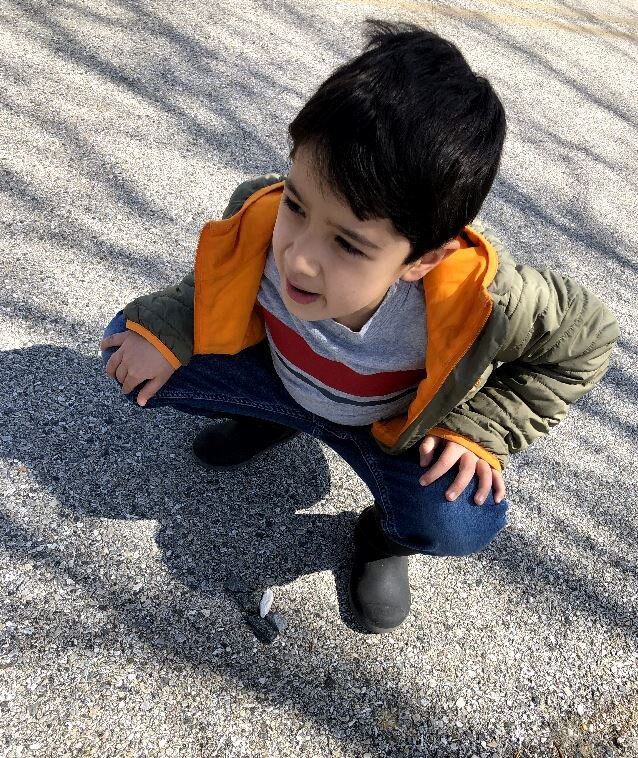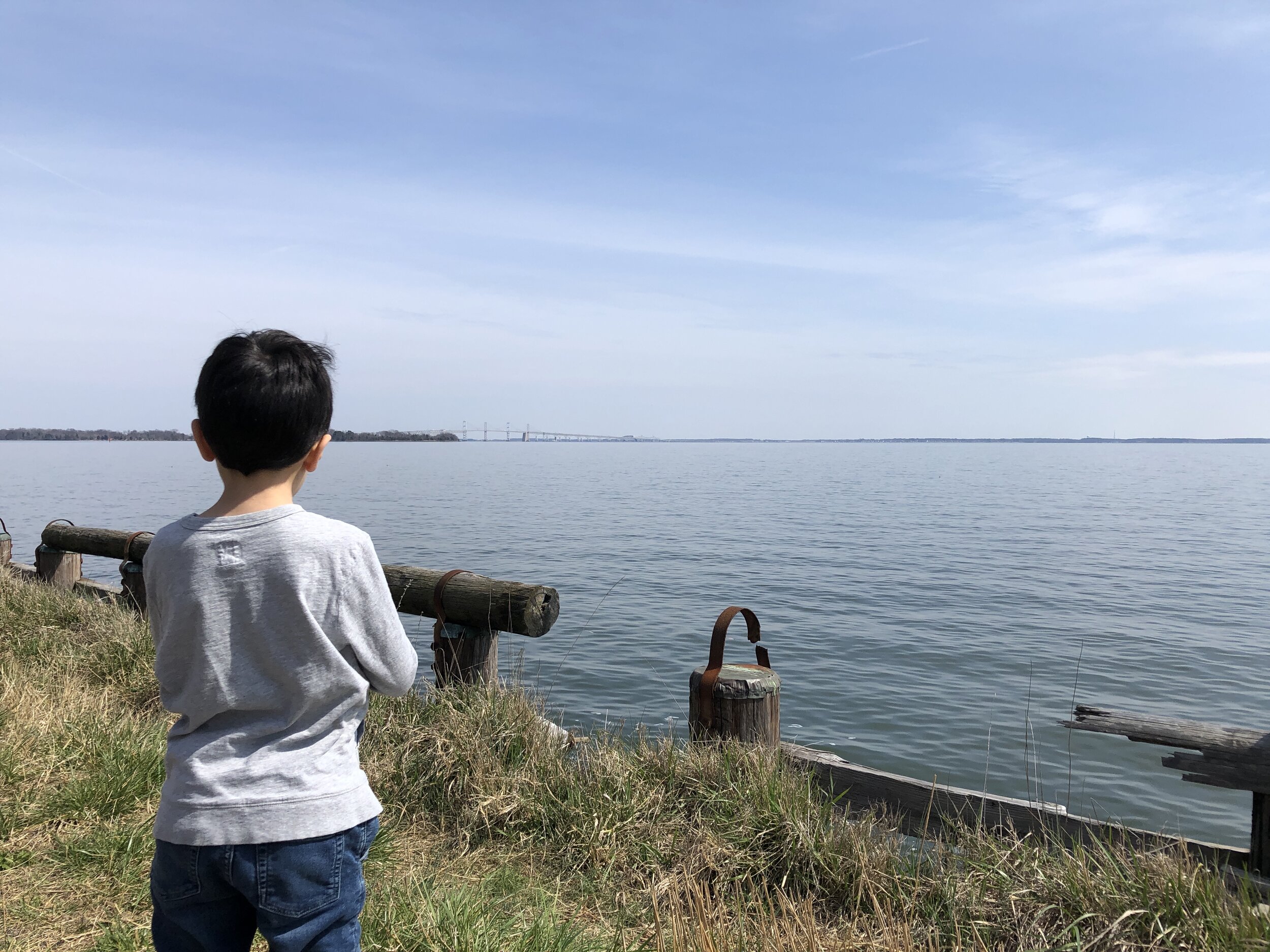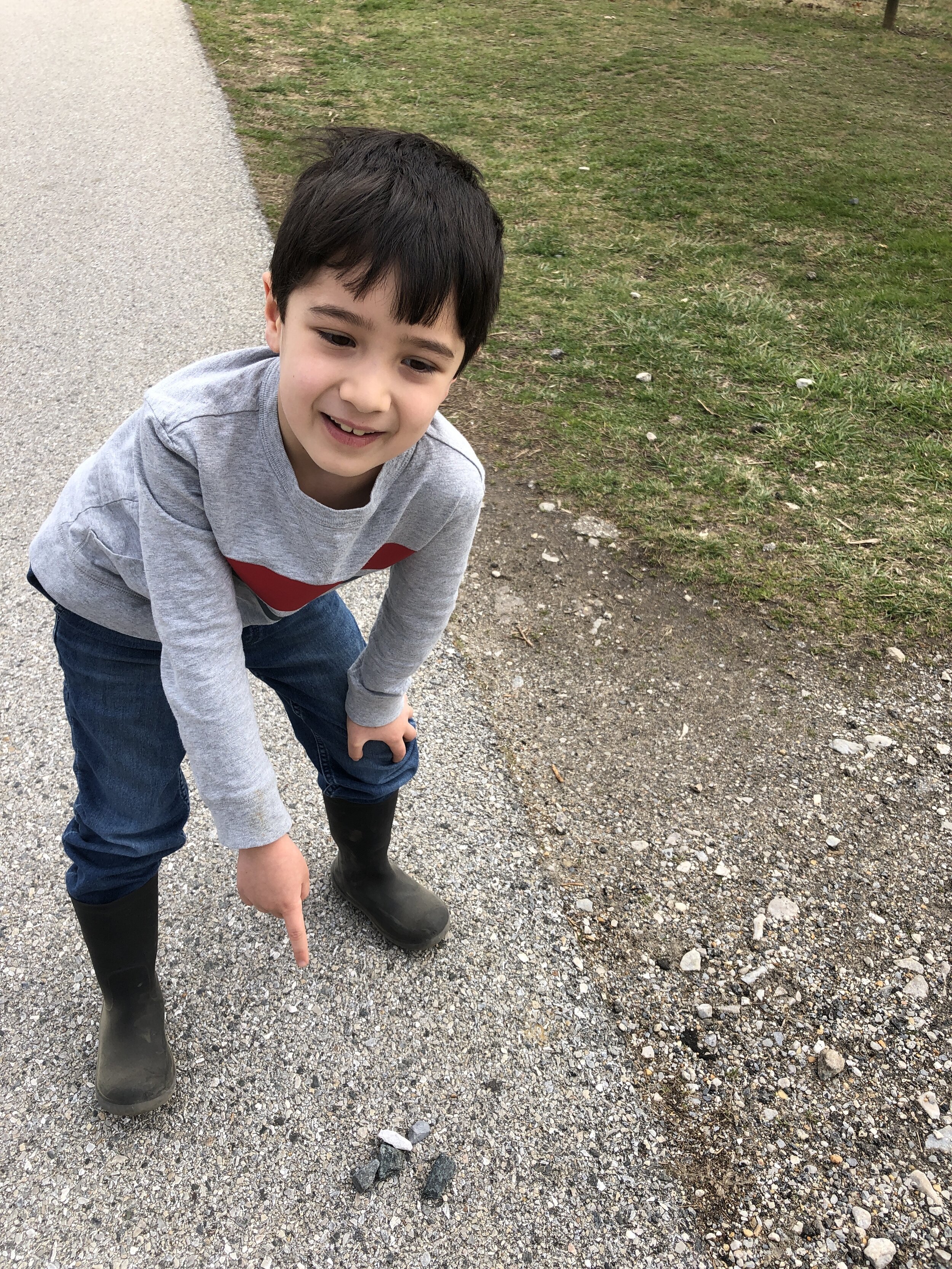Hello out there, WSA family and friends,
It’s gonna be ok. I have been struggling for a way to say this to you all week. This message is reaching many people with countless and varied circumstances. There is real pain and hardship out there. There is also tremendous reason for hope. Times like these require great leaders, and great leadership will be needed when it is time to restore our communities. So, I feel optimistic today, and I know that it’s gonna be ok because we have leaders in our communities.
“The good we each do, seeps into the earth and replenishes our communal aquifers.”
Gravely stream restoration. Learn about this Arundel Rivers Federation project here. Photo credit: Lara Mulvaney
I was in a meeting earlier this week with the leaders of many of Anne Arundel County’s environmental groups. I was struck by two things. First almost every organization was represented on that video call by a Master Watershed Steward --Amy Clements (Spa Creek Conservancy), Elvia Thompson (Annapolis Green) Betsy Love (Severn RiverKeeper), Anne Arms and Chuck Gallegos (St Luke’s Restoration of Nature), Bryan Gomes (Clearshark H2O), Nina Fisher (Scenic Rivers Land Trust). What a power house! Second, the phrases that have been popularized by great leaders in response to Covid-19, “We are all in this together” and “it takes all of us” have always been true of our environmental community and are true now more than ever, about the incredible task of restoring our local waterways. The good we each do, seeps into the earth and replenishes our communal aquifers. I am so grateful to know you are out there, and for the relationship I have with each of you and the relationships you have with each other, which, I hope, will help sustain us in this time of distance.
Nina Brackman leading a yoga practice on Almshouse Creek. This photo is a memory from Summer 2019. These days Nina practices social distancing by staying centered in her own backyard.
I’ve enjoyed seeing how many of you are living out your stewardship even with limited mobility. Chris Gordon and his quarantine slogan “Gardening isn’t canceled”, Nina Brackman helping people stay centered with their yoga practice, Betsy Love sharing nature images from St Luke’s, Lara Mulvaney posting pictures of new trees in the Gravely stream restoration behind her house, Maggie Hughes teaming up with Elvia Thompson to bring Flowers and Trees into our living rooms through their Green Drinks Facebook watch party. So many examples of how Stewards are taking action remind us that our rivers and streams are still out there – still in need of our help.
I’ve heard from others who are taking a break from stewardship action, taking this time to focus on family, health and rest from community leadership. If this is you, rest, recharge, reflect, be present to this moment. It is ok. It is more than ok – it is critical, because when this crisis lifts, we will need you. That time seems distant and unclear right now, but, as my mother always says to me, this too shall pass. And, when it does, we’ll be ready. Because, it takes all of us to heal our waterways.










